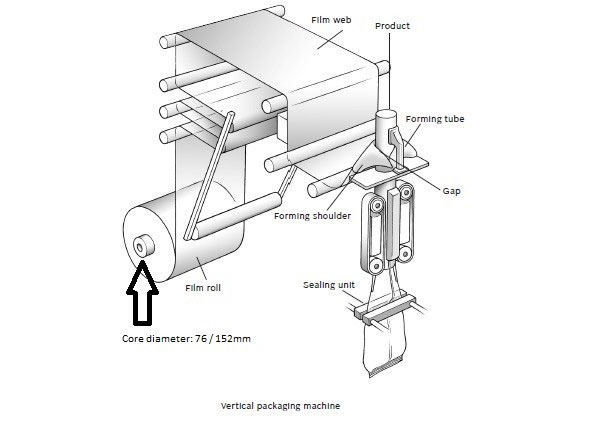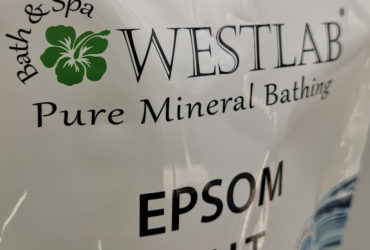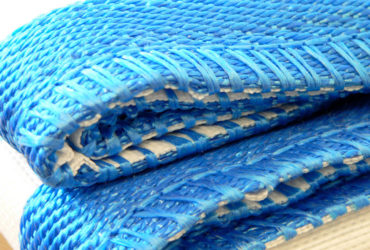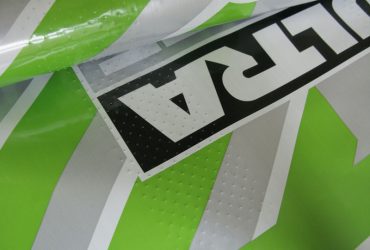In this, the second part of our series on VFFS machinery (Vertical Form, Fill and Seal) we will explain the most important elements and functions of the VFFS machines as well as the varying packaging types they can create.
As mentioned previously, Vertical form, fill and seal machines are an extremely flexible way of packing a wide range of products efficiently and effectively using different types and specifications of film to pack a variety of products including chemicals, minerals, plastics, cement based powders, pet feed and foodstuffs.
In one popular application the process begins as a flat sheet of film, originating from a large roll of film at the start of the VFFS machine. This is then shaped into a tube which is sealed at the bottom, and this becomes bottom of the plastic packaging bag. The Product is then dispensed using a doser, which works on the basis of a filling weight per bag and once filled to the required weight the top side is also sealed.
A plastic bag made in this manner will have three seams, longitudinal, top and bottom seams. Closing the seams occurs through heating and then compressing the packaging material briefly, this melts the sealing medium (usually polyethylene). The sealing medium takes milliseconds to cool down and upon doing so closes the seams. Sealing jaws containing 4 bars are used to achieve the melting action; the lower two of the four bars form the top seam where the bag has been filled, the upper two forms the bottom seal of the next bag. Finally a blade located between the two sets of sealing jaws separate both bags.
Another application, tubular film, begins through the extrusion of plastics; these are then cooled, printed upon and wound onto a reel. This process allows for fewer seals and side gussets as only top and bottom seals have to be welded giving a good block shape.
Every VFFS packaging machine can form various different plastic bag sizes, fill them and seal them; this is determined by the forming parts comprising of the forming tube and the forming shoulder. The web of film is pulled over the forming shoulder so that the material around the forming tube is shaped from a flat film to a tube.
In principle, VFFS machines produce three types of plastic bags although there are countless variations in model, length and width. Minerals such as sand and compost are usually packed in a pillow bag. A common variation on the pillow bag is the gusseted bag, which is commonly used for packaging chemicals, construction powders and plastics. Unlike the gusseted and pillow bag the block bottom bag can stand up with a flat bottom, this is often used for packaging foodstuffs. Finally the doy bag is another form of stand-up bag and is often referred to as a stand-up pouch which is often used within retail.
There are countless different packaging materials, all of which are influenced by the product along with the ever increasing demands of the consumer, organisation and regulatory bodies. Some film materials consist of a single layer (monofilm); but usually of materials consisting of multiple layers (laminates) are used.
for further information on vFFS Machines or any other packaging products contact sales@rosenflex.com or call 01206 266850.





